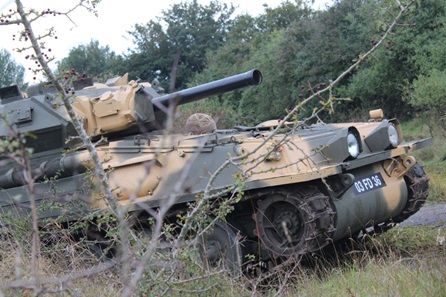
The performance of these types of aircraft was steadily improved. This meant not only dealing with accidental border violations, but more importantly defending the vast airspace of the USSR against US reconnaissance aircraft and strategic bombers carrying free-fall nuclear bombs. Design and development Background ĭuring the Cold War, Soviet Air Defence Forces, PVO (not to be confused with Soviet Air Force, VVS) was given the task of strategic air defence of the USSR. As of 2018, the MiG-25 remains the fastest manned serially produced aircraft in operational use and the fastest plane that was offered for supersonic flights and edge-of-space flights to civilian customers. It is one of the highest-flying military aircraft, one of the fastest serially produced interceptor aircraft, and the second-fastest serially produced aircraft after the SR-71 reconnaissance aircraft, which was built in very small series compared to the MiG-25. A symbol of the Cold War, the MiG-25 flew with Soviet allies and former Soviet republics, remaining in limited service in several export customers. Production of the MiG-25 series ended in 1984 after completion of 1,186 aircraft. It turned out that the aircraft's weight necessitated its large wings. The capabilities of the MiG-25 were better understood by the West in 1976 when Soviet pilot Viktor Belenko defected in a MiG-25 to the United States via Japan. The appearance of the MiG-25 sparked serious concern in the West and prompted dramatic increases in performance for the McDonnell Douglas F-15 Eagle, then under development in the late 1960s. design theories were also evolving towards higher maneuverability due to combat performance in the Vietnam War. When first seen in reconnaissance photography, the large wings suggested an enormous and highly maneuverable fighter, at a time when U.S. The MiG-25 features a powerful radar and four air-to-air missiles and was theoretically capable of a ceiling of 27 km (89,000 ft). Although its thrust was sufficient to reach Mach 3.2+, its speed was limited to prevent engines from overheating at higher air speeds and possibly damaging them beyond repair. It has an operational top speed of Mach 2.83. The first prototype flew in 1964 and the aircraft entered service in 1970. It was to be the last plane designed by Mikhail Gurevich, before his retirement. Designed by the Soviet Union's Mikoyan-Gurevich bureau, it is an aircraft built primarily using stainless steel.


The Mikoyan-Gurevich MiG-25 ( Russian: Микоян и Гуревич МиГ-25 NATO reporting name: Foxbat) is a supersonic interceptor and reconnaissance aircraft that is among the fastest military aircraft to enter service.


 0 kommentar(er)
0 kommentar(er)
